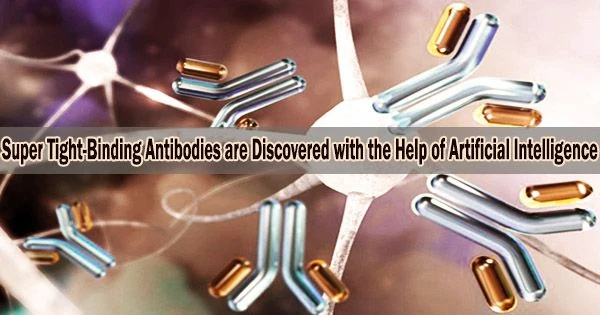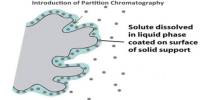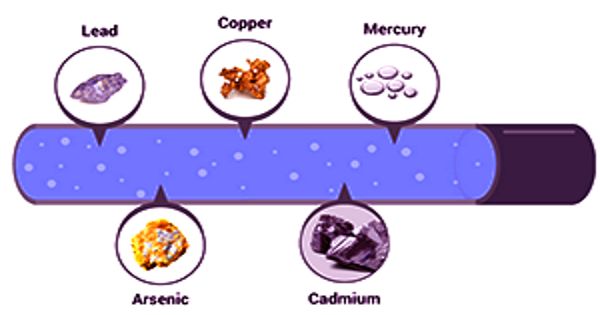Artificial Intelligence (AI) has been used to aid in the discovery of super tight-binding antibodies, by analyzing large amounts of data and identifying patterns that would be difficult for humans to detect. This technology can speed up the process of discovering new antibodies, which can be used to develop treatments for various diseases.
Scientists at University of California San Diego School of Medicine have developed an artificial intelligence (AI)-based strategy for discovering high-affinity antibody drugs.
Researchers utilized the method in the study, which was released on January 28, 2023 in Nature Communications, to discover a novel antibody that binds a significant cancer target 17-fold more tightly than an antibody medication currently on the market.
According to the scientists, the pipeline may hasten the development of new medications to treat conditions like COVID-19 and rheumatoid arthritis as well as cancer. In order to be a successful drug, an antibody has to bind tightly to its target.
Researchers usually start with a known antibody amino acid sequence in order to locate these antibodies, and then they use bacterial or yeast cells to make a series of novel antibodies with variations on that sequence.
These mutants are then evaluated for their ability to bind the target antigen. The best-performing subset of antibodies is then put through another round of modifications and assessments, and this cycle is repeated until a short list of tightly-binding finalists is established.
Unlike a lot of AI methods, our model can actually tell us how confident it is in each of its predictions, which helps us rank the antibodies and decide which ones to prioritize in drug development.
Professor Wei Wang
Many of the produced antibodies still show poor results in clinical trials despite this time-consuming and expensive process. In the new study, UC San Diego scientists designed a state-of-the-art machine learning algorithm to accelerate and streamline these efforts.
Similar to other approaches, this one begins with creating an initial library of roughly 500,000 potential antibody sequences and screening them for their affinity to a particular protein target.
The dataset is fed into a Bayesian neural network, which may interpret the data and utilize it to forecast the binding affinity of new sequences, rather than repeatedly repeating this procedure.
“With our machine learning tools, these subsequent rounds of sequence mutation and selection can be carried out quickly and efficiently on a computer rather than in the lab,” said senior author Wei Wang, PhD, professor of Cellular and Molecular Medicine at UC San Diego School of Medicine.
Their AI model’s capacity to report the accuracy of each forecast is one of its key advantages.
“Unlike a lot of AI methods, our model can actually tell us how confident it is in each of its predictions, which helps us rank the antibodies and decide which ones to prioritize in drug development,” said Wang.
To validate the pipeline, project scientists and co-first authors of the study Jonathan Parkinson, PhD, and Ryan Hard, PhD, set out to design an antibody against programmed death ligand 1 (PD-L1), a protein highly expressed in cancer and the target of several commercially available anti-cancer drugs.
Using this approach, they identified a novel antibody that bound to PD-L1 17 times better than atezolizumab (brand name Tecentriq), the wild-type antibody approved for clinical use by the U.S. Food and Drug Administration.
The researchers to find potential antibodies against additional antigens, such as SARS-CoV-2, are currently using this method. They are also creating new AI models that examine amino acid sequences for other antibody qualities including stability, solubility, and selectivity that are crucial for the outcome of clinical trials.
“By combining these AI tools, scientists may be able to perform an increasing share of their antibody discovery efforts on a computer instead of at the bench, potentially leading to a faster and less failure-prone discovery process,” said Wang. “There are so many applications to this pipeline, and these findings are really just the beginning.”
















